Robert M Gates, former US Secretary of Defence, had said, “The categories of warfare are blurring and no longer fit into neat, tidy boxes. One can expect to see more tools and tactics of destruction—from the sophisticated to the simple—being employed simultaneously in hybrid and more complex forms of warfare.” This quote highlights the complexity of modern conflict, where hybrid tactics mix traditional and unconventional means.
Hybrid warfare is a military strategy that blends conventional warfare tactics with unconventional methods to achieve political or strategic goals. Rather than aiming for a decisive military victory, it often focuses on destabilising and weakening an adversary from within, frequently operating in the “grey zone” between war and peace.
While addressing the UN General Assembly on September 24, Polish Deputy Prime Minister and Foreign Minister Radoslaw Sikorski described Russia’s actions in Europe as ‘a hybrid war on multiple fronts’. He was referring to alleged Russian efforts to foster instability in other countries using conventional and unconventional means, while avoiding all-out war. Sikorski asserted that Russia continues to innovate its hybrid tactics to probe European weaknesses, as recent incidents in 2025 indicate.
According to many European leaders, intelligence officials, and security analysts, Russia’s hybrid war, or “shadow war”, involves a wide range of tactics designed to undermine European security and cohesion while staying below the threshold of open military conflict. They say that multiple incidents in 2024 and 2025 illustrate the intensifying nature of this campaign across the continent. According to them, the purpose of Russia’s hybrid warfare is to destabilise and weaken its adversaries, particularly Western democracies, by leveraging a wide range of non-military and military tactics below the threshold of all-out conventional war. This approach aims to create chaos and uncertainty, sow division, and undermine trust in democratic institutions, all while maintaining plausible deniability.
Nato has alleged that hundreds of incidents have taken place in recent years involving Russian jets violating the airspace of Baltic nations. In September 2025, drones reportedly entered Polish, Romanian and Estonian airspace. In September 2025, airports in Norway and Denmark temporarily suspended operations due to suspicious drone activity. In December 2024, a Russian-linked “shadow fleet” tanker is suspected of having cut an underwater power cable between Estonia and Finland. Russian vessels have also been allegedly engaged in espionage activities near critical energy and communication cables in the North Sea for years.
Impact Shorts
More ShortsBoth the EU and Nato have described such hybrid warfare as a priority threat and have tried to develop strategies to address it. Nato has stated that hybrid attacks could potentially trigger Article 5, the collective defence clause. Since 2024, Nato has increased intelligence sharing and revised its strategy to enhance resilience against hybrid threats, while the EU has adopted the Cyber Solidarity Act to improve threat detection and response. The EU has attributed cyberattacks targeting democratic institutions, electoral processes, media, and other critical entities in Germany, the Czech Republic, and France to Russia-controlled groups.
While Europe has implemented extensive measures to counter Russia’s hybrid warfare, its ability to respond remains fragmented and faces persistent challenges. Significant efforts have been made, particularly since the 2022 invasion of Ukraine, but the effectiveness of the response is limited by internal inconsistencies and Russia’s changing and evolving tactics. Some experts argue that European countries must adopt “semi-wartime thinking” to respond more quickly to evolving threats, especially in areas like drone technology.
In October 2024, the EU established a new framework for targeted restrictive measures against those responsible for Russian destabilising activities. Sanctions have also targeted specific individuals, such as Russian intelligence agents and propagandists who are allegedly responsible for spreading disinformation. However, the economic impact of these measures is mixed, and Russia has adopted a wartime economy and pivoted to non-sanctioning trade partners to absorb the pressure.
As regards cybersecurity, the EU’s East Task Force attempts to track any Russian disinformation, and new regulations like the Digital Services Act aim to hold platforms accountable. Civil society organisations in countries like the Baltic states and Poland have also strengthened fact-checking networks. On cybersecurity, the EU has reportedly adopted several new acts since 2024 to strengthen defences, including the Cyber Resilience Act.
However, the effectiveness of European efforts is obstructed by fragmented and uneven national-level responses. Some countries in Eastern Europe have developed robust strategies, while others, particularly in the south, have lagged behind. For example, despite efforts to diversify energy sources, some European nations, notably Spain, remain highly dependent on Russian liquefied natural gas (LNG), giving Russia leverage.
Many European leaders feel that Europe has the tools and a strong institutional framework through the EU and Nato to counter Russia’s hybrid war. However, a fully effective, unified response is hampered by a lack of coordinated, cohesive implementation across all member states and by Russia’s flexible and adaptable tactics. They assert that the continued threat from Russia highlights the ongoing need for increased investment, collaboration, and a consistent, continent-wide strategy to boost resilience.
Many critics feel that Russia still pursues the concept of a sphere of influence, aiming to assert control or dominance over neighbouring independent European countries. This policy is a continuation of historical Russian and Soviet ambitions for regional control, most prominently demonstrated by their actions in Ukraine.
The ‘Russkiy Mir’ (‘Russian World’) is a Kremlin-promoted doctrine which asserts that Russia has the right to a preeminent political, cultural, and military role in the post-Soviet space, including in countries with Russian-speaking populations. Countries like Moldova, Georgia, and Ukraine are viewed by Moscow as within its “near abroad” and are major targets for Russian influence operations. Russia actively attempts to prevent them from integrating further with the West, particularly through joining the EU and Nato.
Despite these efforts by Russia, resistance from targeted countries and strong unified opposition from most of the EU and Nato have largely thwarted Russia’s ambitions to re-establish the kind of control it held during the Soviet era. However, experts predict an intensifying campaign of hybrid warfare from Russia in 2025, with increasing attacks on critical infrastructure, escalating information manipulation, and continued political destabilisation efforts across the continent. While European institutions and member states are bolstering defences, a fully coordinated and effective response remains a significant challenge.
Summing up, the outlook for Europe remains volatile, as Russia is expected to continue and adapt its hybrid warfare tactics. Hybrid warfare will likely remain a persistent security challenge for Europe, with Russian activities continuing to escalate and evolve. Russian operations will continue to exploit societal divisions to undermine EU and Nato cohesion, especially around elections and key policy decisions. Russia will likely continue to probe Europe’s weaknesses, including its defences against drone technology, to test the resolve of the Euro-Atlantic alliance. European nations face a balancing act between providing support to Ukraine and investing in their own military and hybrid defence capabilities.
The writer is a retired Indian diplomat and had previously served as Ambassador in Kuwait and Morocco and as Consul General in New York. Views expressed in the above piece are personal and solely those of the author. They do not necessarily reflect Firstpost’s views.


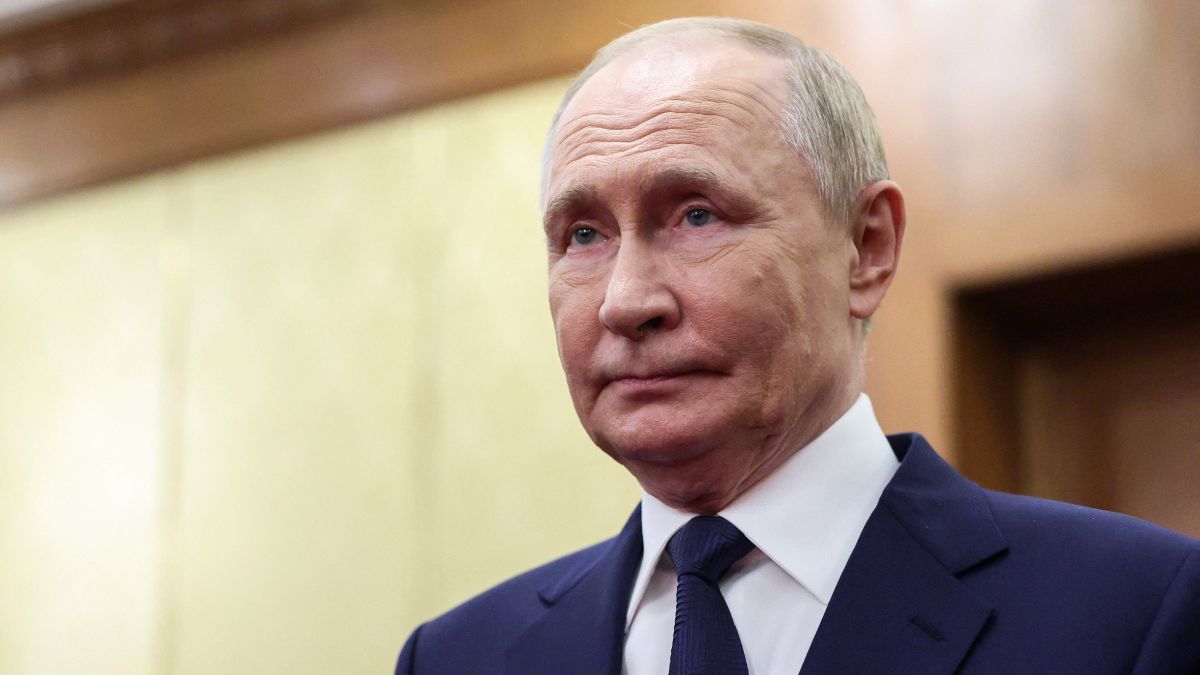)
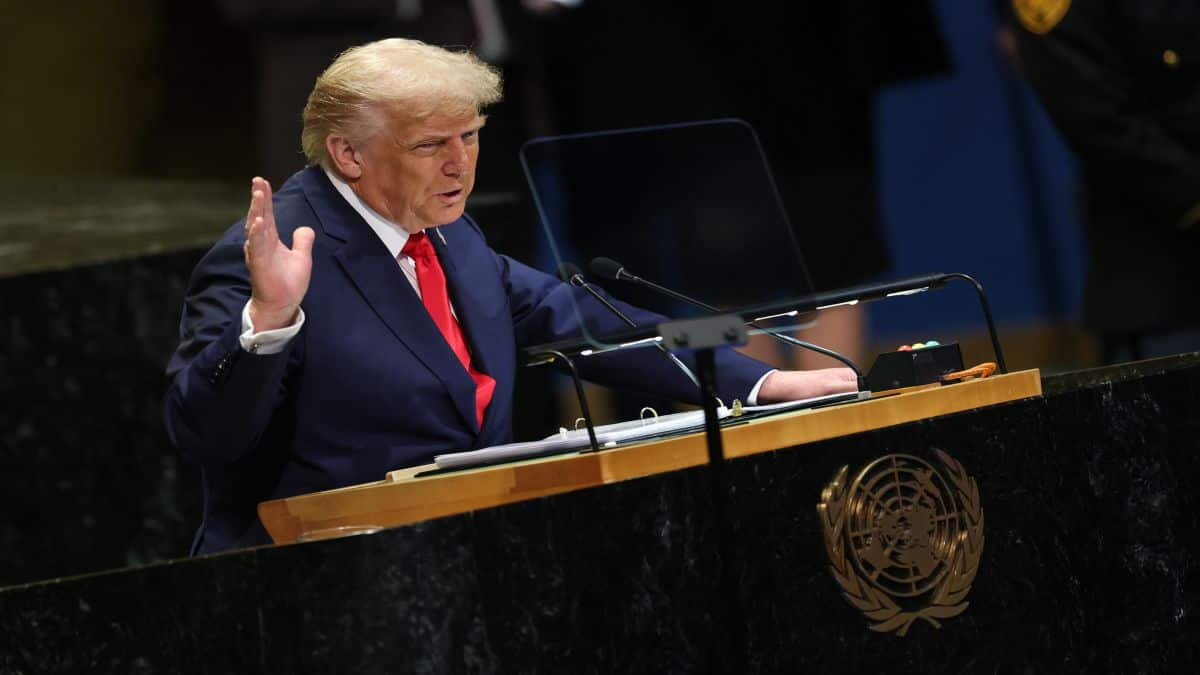
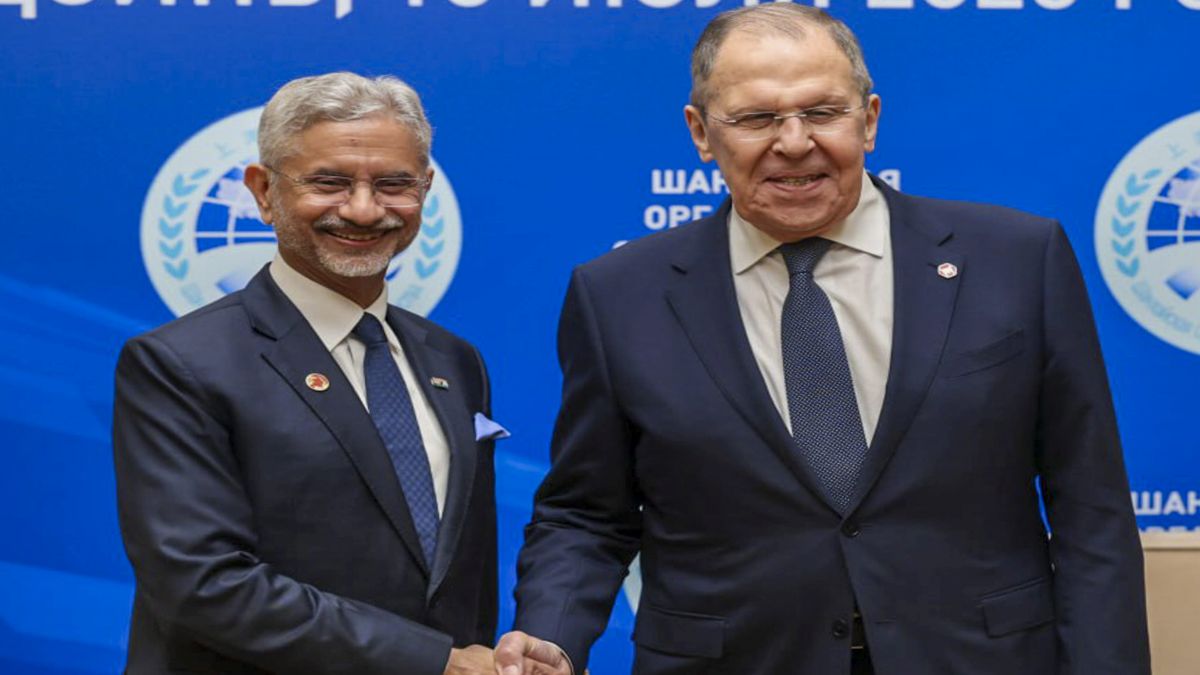)
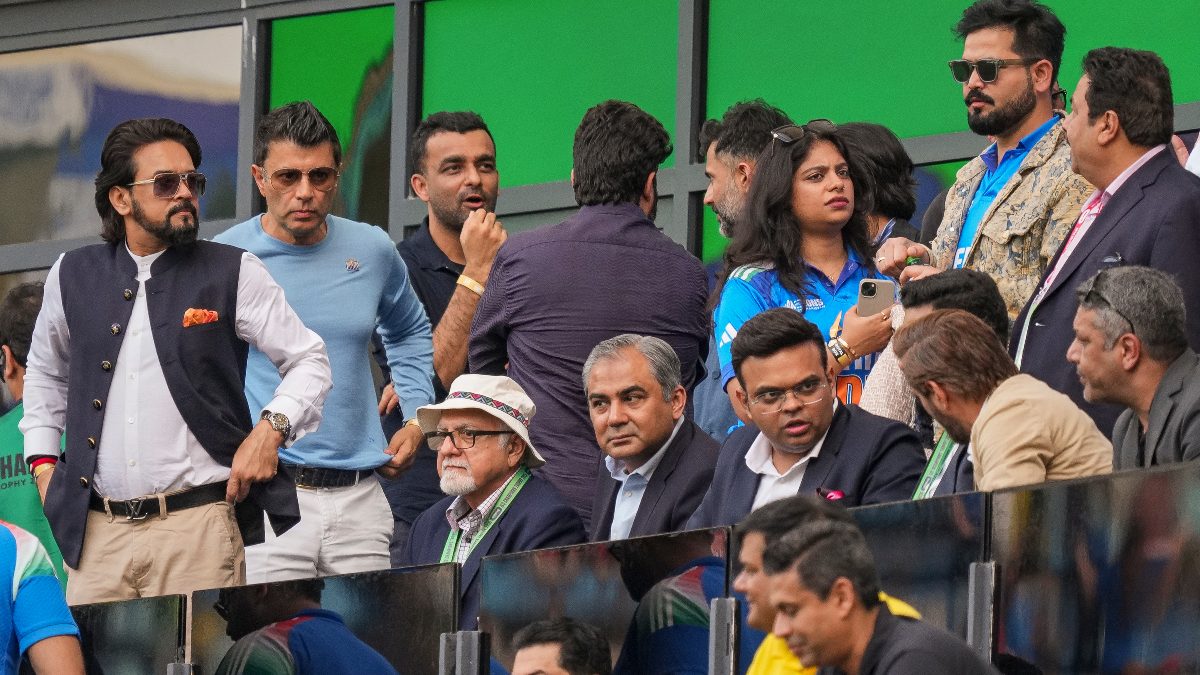)
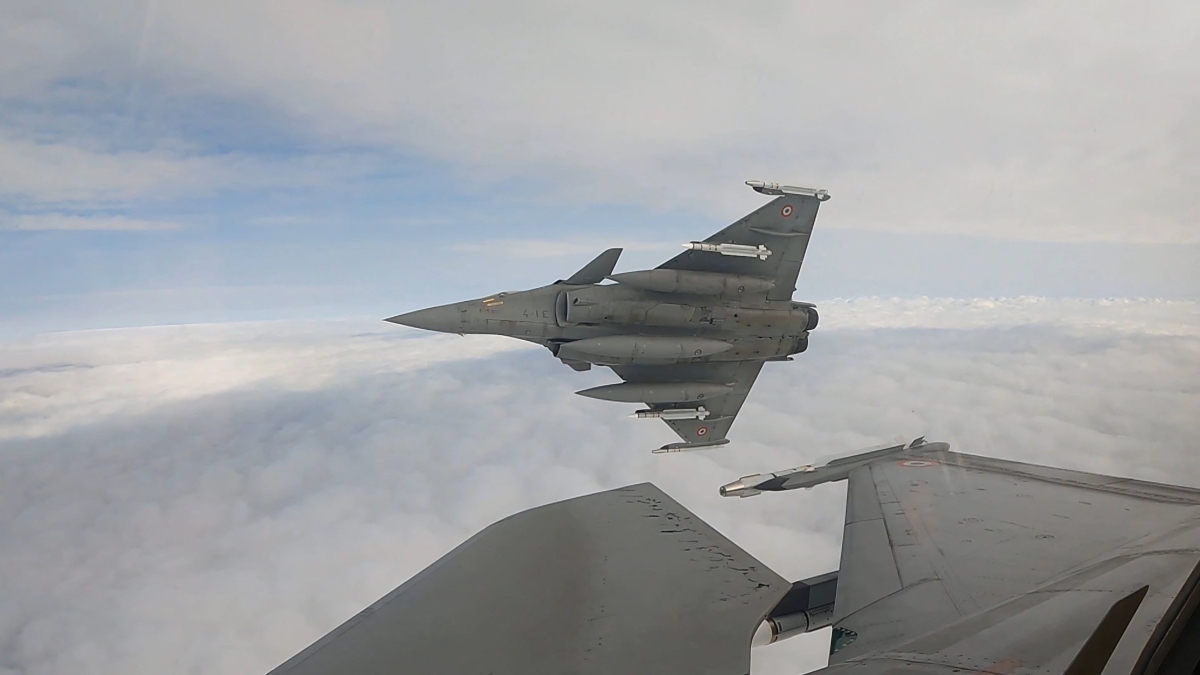)
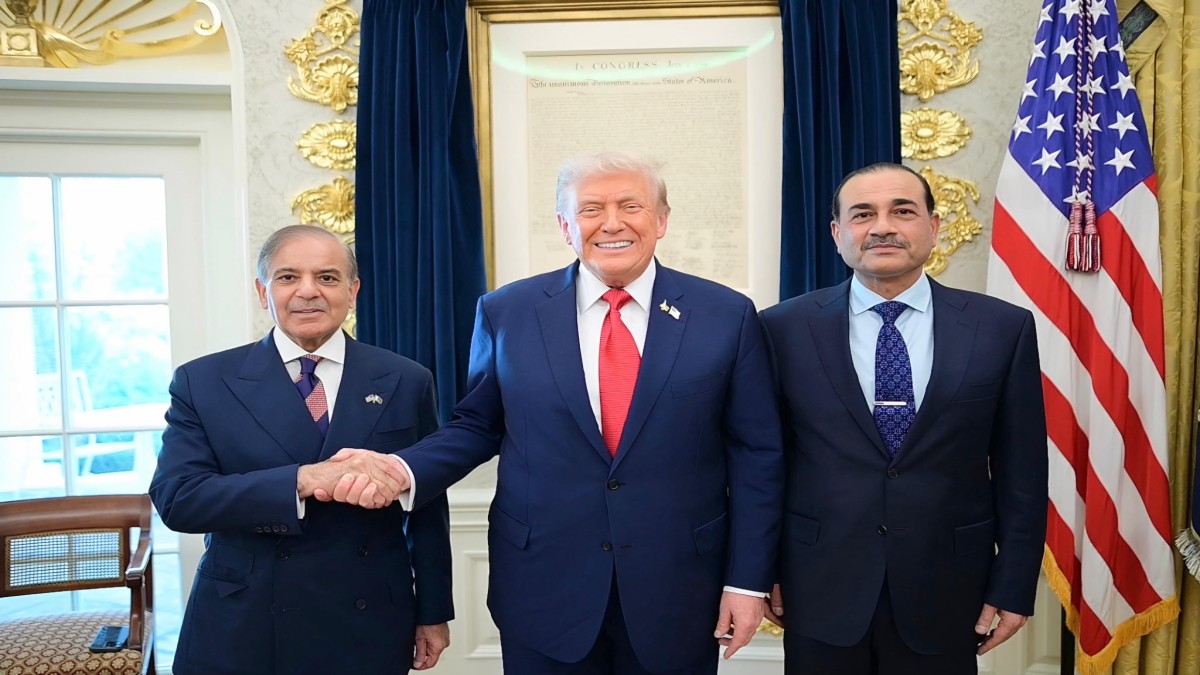)
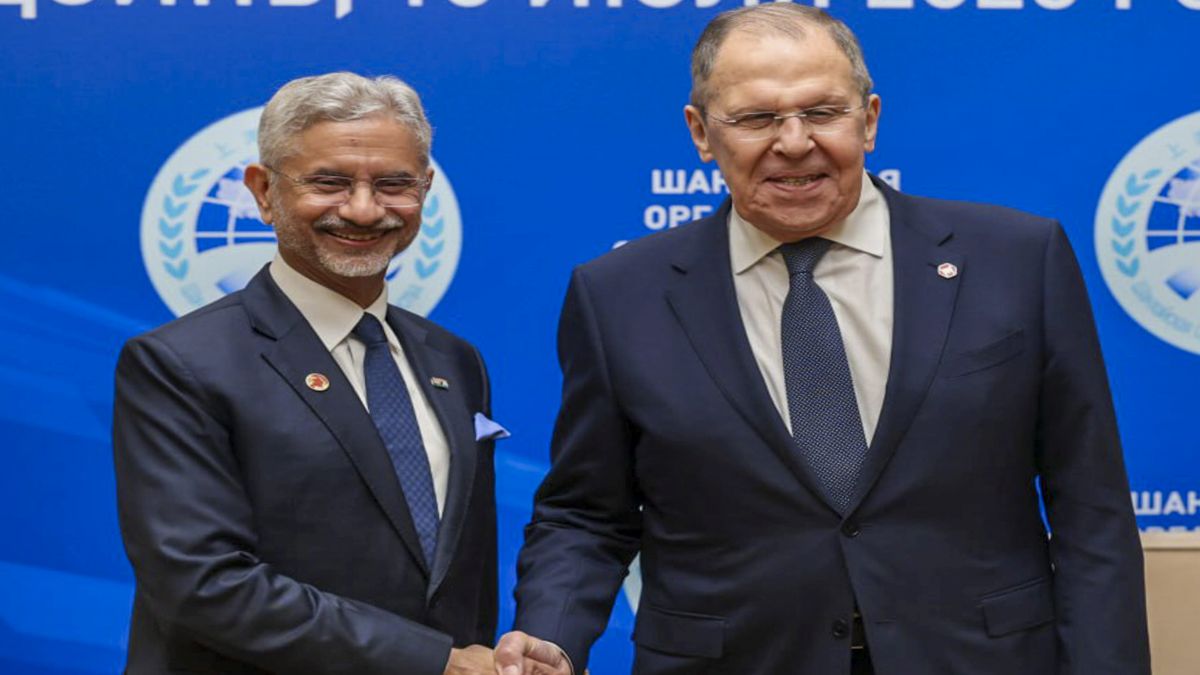)
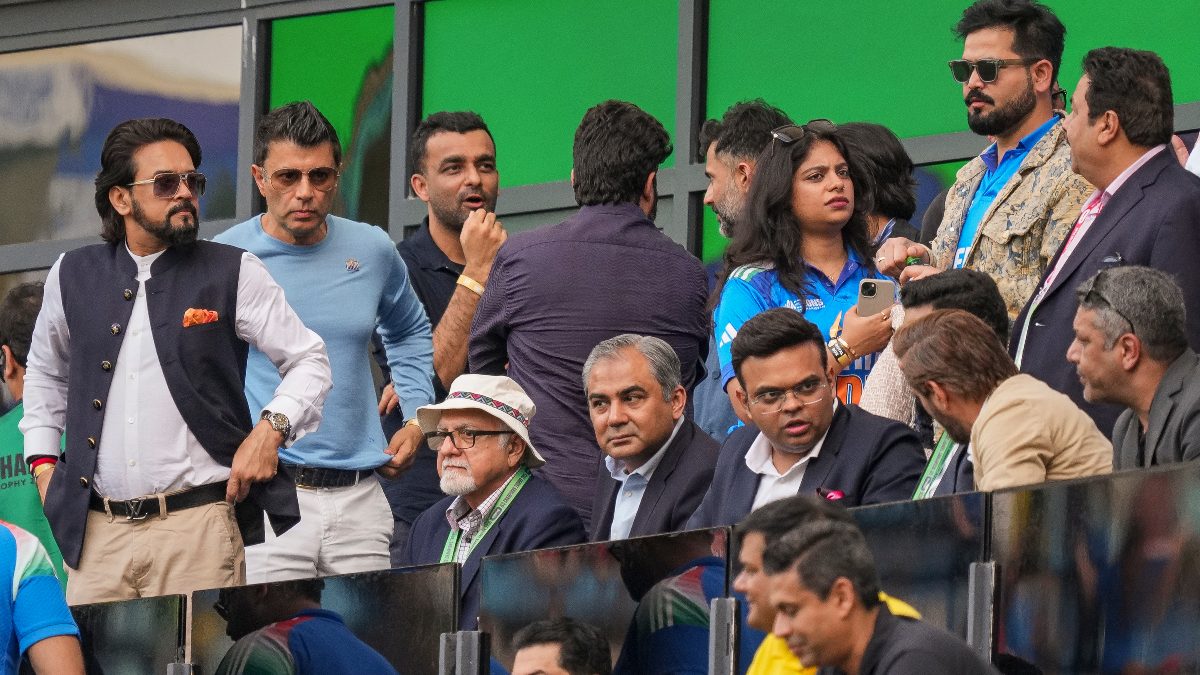)
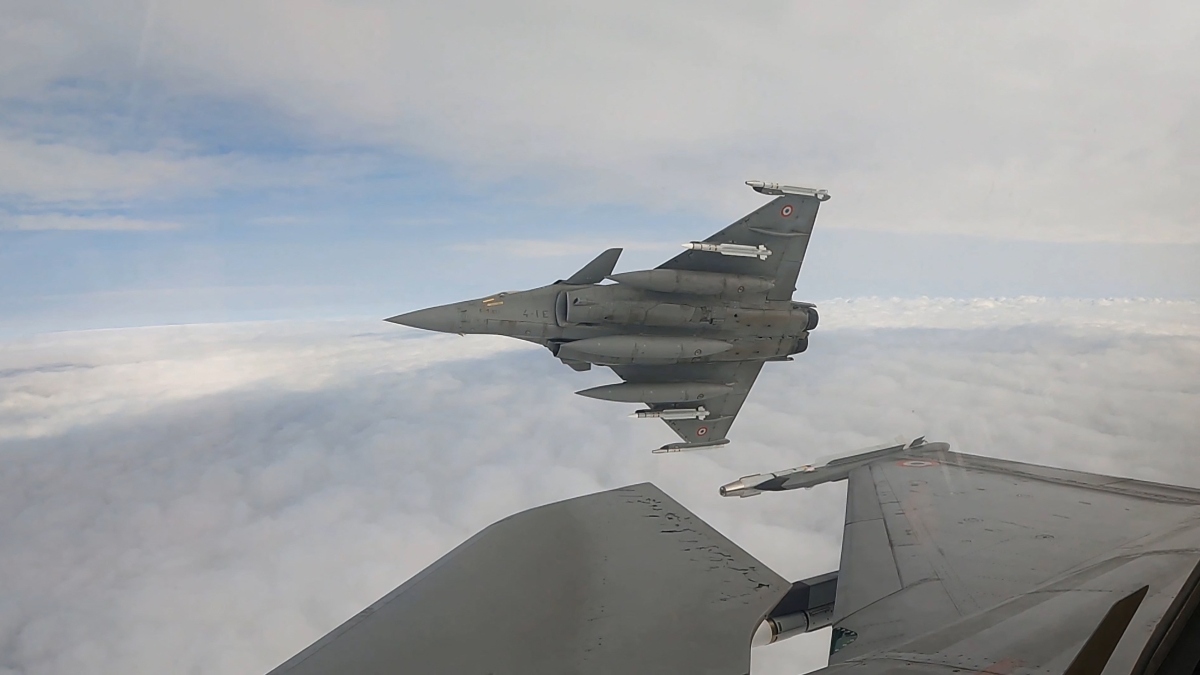)
)



